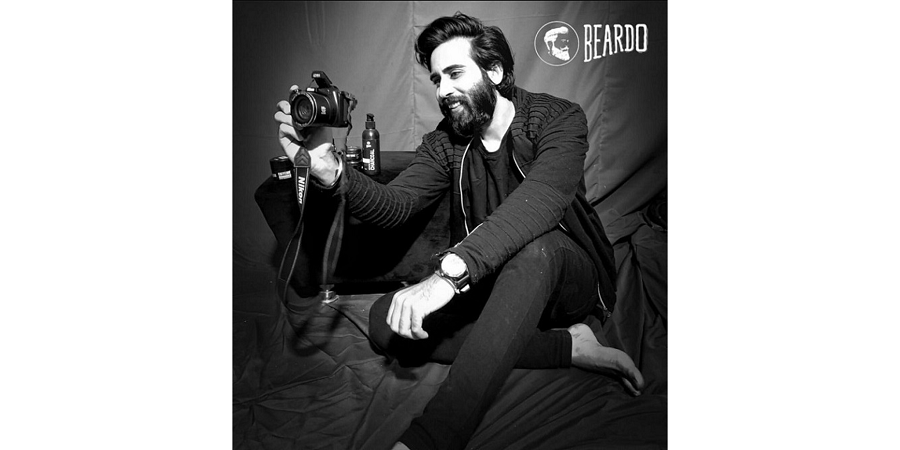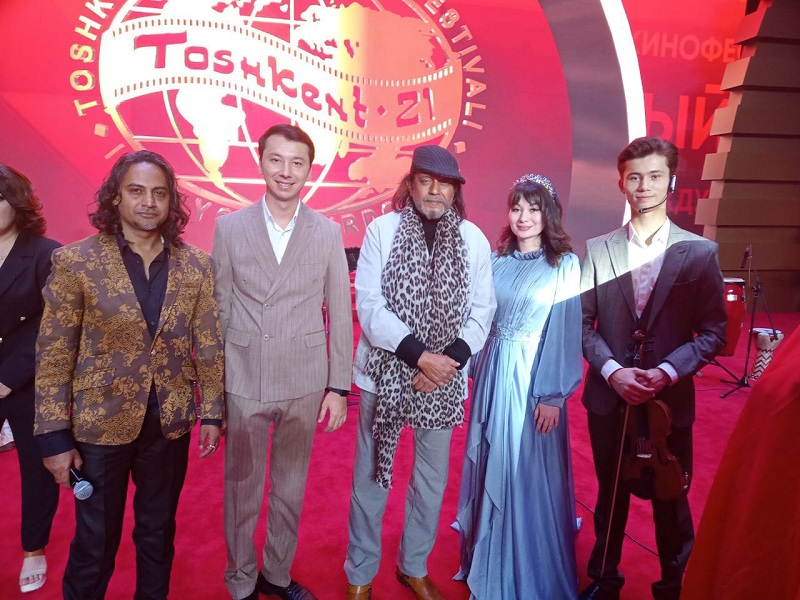The position of female performers in Bollywood films’ big dance numbers is the focus of new research at the University of Auckland, New Zealand.
Bollywood is a multi-million-dollar industry with huge cultural influence and popularity worldwide. Dr. Kooshna Gupta, Faculty of Arts, examined how the dance item in these movies became big business.
The ‘item dance’, one of the main musical numbers of the film usually performed by a female dancer, has become increasingly important for a film’s success. The role has changed over time, says Kooshna whose research covers films from 1988 to 2015.
She examined the characters played by female performers, focusing on the type of dance that is not related to the narrative but is more of an erotic display of women – just there for entertainment purposes. In other words, If you removed the song, the film would still make sense.
She found that the traditional item song, from as far back as the 1950s, used to be performed by actresses who were often newcomers rather than established performers. They were never the heroine of the film, but rather the ‘vamp’ who could be seen drinking, smoking, and being openly sexual in ways the heroine couldn’t.
“Because it wasn’t seen as acceptable in Indian society for the heroine to dance or be presented in such a provocative way in a public space,” she says.
These actresses could become an instant success, so the item song was seen as a gateway to popularity. There were some movies which would have been a big flop, but the item song saved the film which of course gave these female performers some power.
This started the process of film companies spending serious money on the production of that one song because selling the rights to TV channels represented around 50 percent of their profits.
Leading actresses, known for their other more ‘serious’ work like Priyanka Chopra, starting to perform these songs, which in turn increased the film’s budget, as they had to be paid more.
Add to that the cost of hundreds of people working behind the scenes – as musical directors, composers, choreographers, dancers, set designers, wardrobe, special effects and lighting – and the item song has become very big business.
Kooshna says there’s long been a paradox between the agency of the item dance performer and her power to earn money and fame, and the way she is achieving it; by performing in hyper-sexualised dances that objectify her for a largely male audience and create an unrealistic image of the ‘perfect woman’.
“We’re always going to have this tension between agency and subjectivity, but if you look at actresses in Bollywood, they have gained something; it’s a space, one place, where they are dominating, making a lot of money and becoming famous.”
However, with increasing attention to rape and violence against women in India and the Nirbhaya case in 2012, several feminist movements and humanitarian organisations pushed for a ban on item songs.
As a result, Kooshna says the censor did at one point ban the songs from TV, but you still have YouTube channels playing 24 hours a day.
However, the fact that these performers are now considered professionals, like any other professional, is progress, she believes.
“So, you can be in a serious film or a Bollywood film and cross genres as a female performer in India now. There’s a kind of flexibility to switch roles, from being a heroine to an ‘item girl’. I think that’s a positive thing.”
This is Kooshna’s second PhD. She first combined her interest in linguistics and the Indian socio-cultural context by focusing on code-mixing in Bollywood films (2009-2014). Code-mixing is a linguistic term that refers to the use of more than one language, in this case Hindi and English, in the course of a single conversation or written text.











